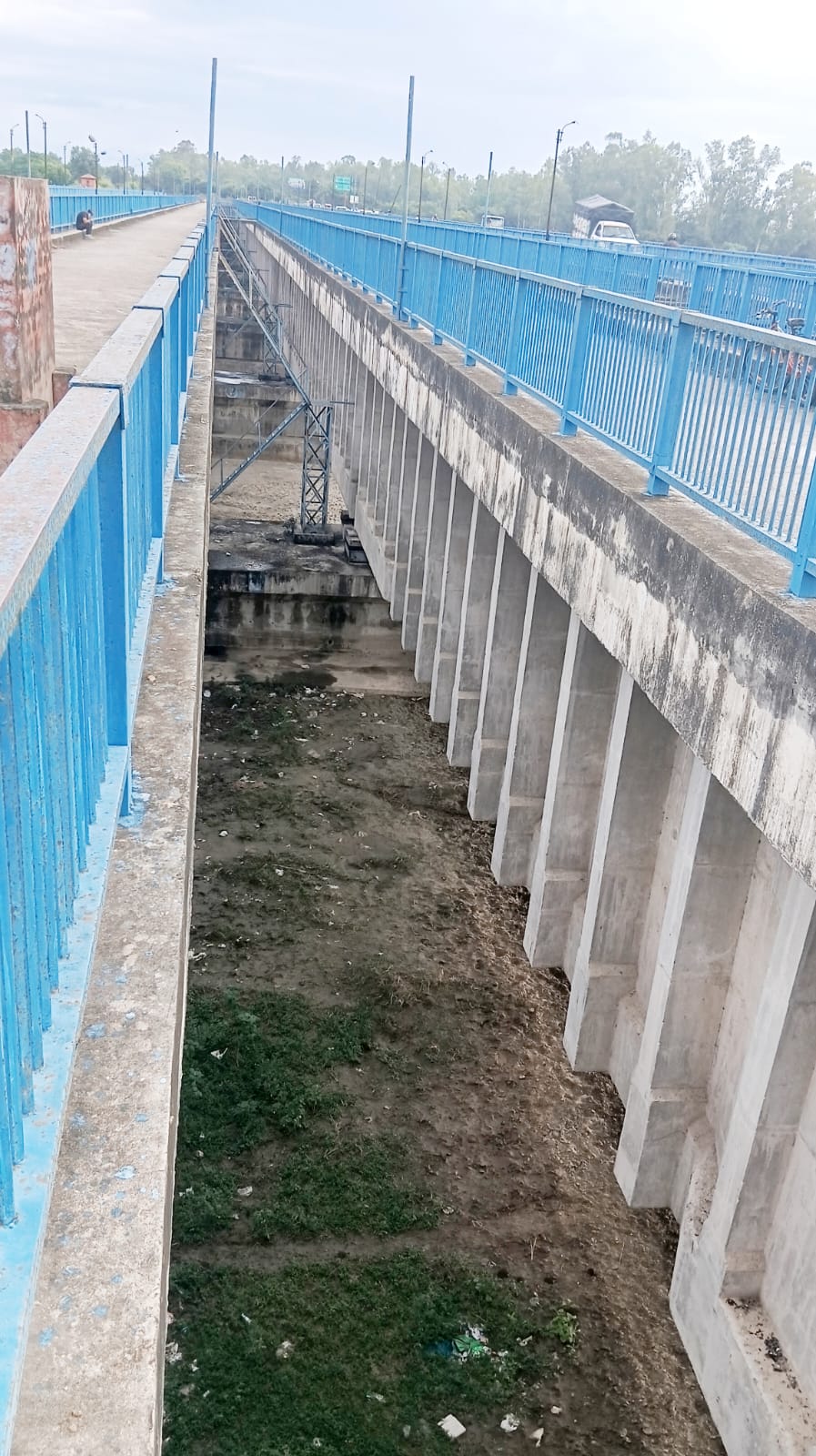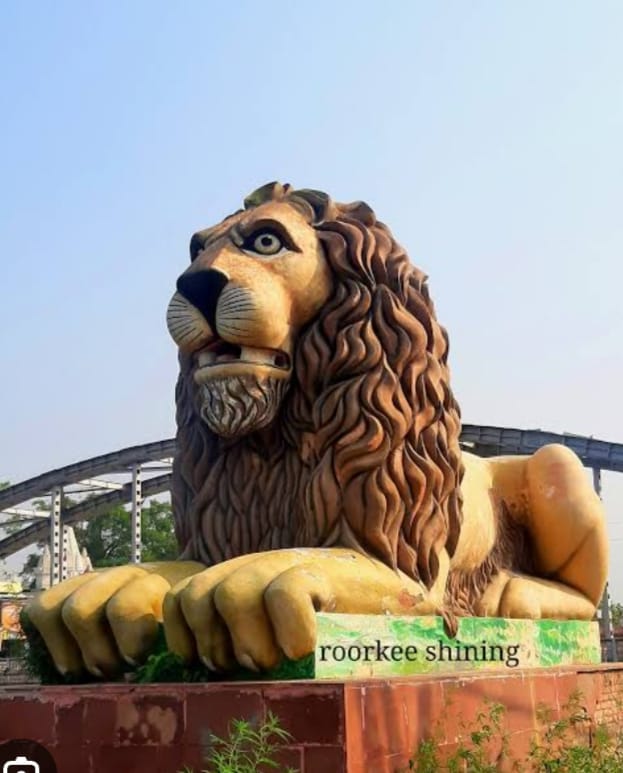By
Kaushal Kishore
Materials Engineer, Roorkee
The new Solani aqueduct on Ganges canal Roorkee was built with prestressed concrete which allows for longer spans and a simple more robust design compared to old bricks, lime- surkhi mortar masonry arches of the old aqueduct, in which 8.5 crores bricks were used, while iron railing used in the sides of two lanes were imported from England. This is interesting to note that materials bringing those days on ship from England to Indian ports take 6-10 weeks via the Suez canal or 3 to 6 months via the longer Cape of Good Hope. Calculate in it also time taken on road from Indian ports to Roorkee.
After retirement from University of now IIT Roorkee I joined M/S Roffe Construction Chemicals Pvt.Ltdd, Mumbai as it’s Chief Concrete Technologists afterwards I became it’s one of the Director.

AQUEDUCT picture taken on 7/10/2025
For the contractor of above aqueduct I designed M-40 grade of concrete with Roffe superpladticizer. Those interested may read my paper by visiting Google site and log in; Civil engineering portal The Ganges canal by Kaushal Kishore.
I had designed numerous concrete mix design almost all cements of India in this I find Utra Tech cement as one of best cement OPC and PPC both With Ultratech cement I had designed numerous concrete mixes from ordinary strength to M-80 grade concrete, self compacting concrete, shot crete concrete, fibre reinforced concrete, fly ash concrete and more There is life after retirement and after retirement I worked for 30 year’s which includes in free time working in home research and testing laboratory and numerous construction sites visits almost all India and outside India. At my age of 92 years I still work for 12 hours daily.
I had never worked for money. In spite of doing so gigantic work what to say about car I even do not have 2 wheeler not any of my house not a single inch of land in this world only pension from IIT Roorkee and few clothes

























sir, i’m a junior civil eng’g student ,, i’m searching my report about asphalt testing,,pls help me..thank you
hi, my name is vikal dhiman & i m student of civil engg. in 5th sem. i want to some minor projects name and its data please help me……..
civil engineering is the best engineering of the world
Sir I’m doing diploma in civil engineering.I’m 3rd year student.I want to know the scope of getting job after doing diploma.can you tell me about these please???
either a Technician,Site Supervisor or Engineer Assistant..all works.but i suggest u further your studies to a higher level.
How to convert cubicmeter to cubicfeet
1 cum=35.28 cuft
1cum = 35.314666721cuft’
To convert cubic meter to cubic feet multiply by 35.31
i dont know what i can do after school am so confused please help me
please suggest me project on civil engineering. i am in final year student from punjab agricultural university
A very excellent web site fo students and practising engineers,especially for civil engineers.
yes.absolutely right.
Er.Vikas Jadhav
I want about IES.
1sqm= 10.76 sqft.
I completed my Diploma In civil Engineering in 1994. Now I would like to study further i.e. B.E. Please sugesst me the part time collage in mumbai since i am working in one organization.If Part time college is not available then please give me another alternative
For a diploma civil engg ,which subject should be strong enough to work in the field?
hi i want to know is civils good or mechanics?and i also want some useful information on my engineering studies.my eamcet rank is 6000 plzzz help me
I am a marketing professional working for ACL in Assam. I have complted MBA. Now i want to have some technical knowledge regarding cement. Can anybody suggest anything?
i have already civil engineering so i m happy this brance.
Nice site for students and practicing professioinals alike..makes me more proud to be in this proffesion!
I am a higher secondary school student, and i m very much interested to be a civil engineer, is it a right choice for me…..
Good day! Our team is presently conducting an experimental research paper concerning the incorporation of certain pozzolans into Portland Cement. However, we effective in order to obtain are having problems in determining the quality of the cement. Particularly, the variables we need to use/find for this purpose. What method(s) would be best in obtaining quantifiable data?
hi suprovat,
actually there are most important subjects in field is surveying, estimating, RCC and most Important is Drawing. Actually its depaending on your site profile. is it execution, quality control or quantity surveying?